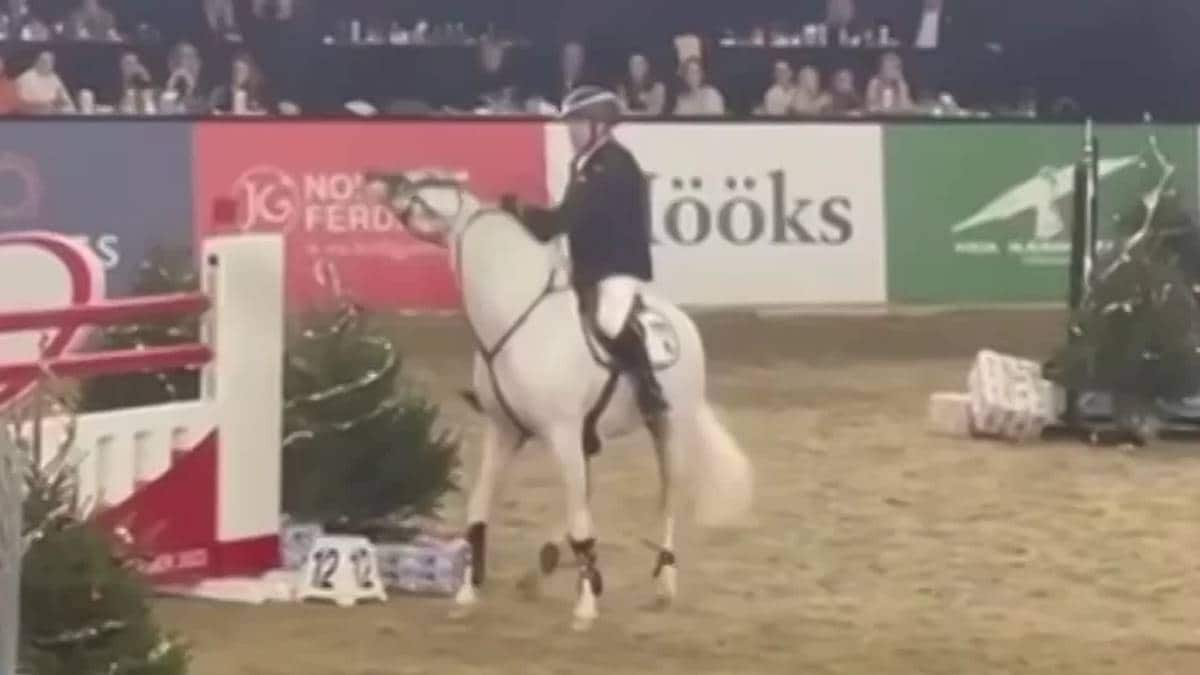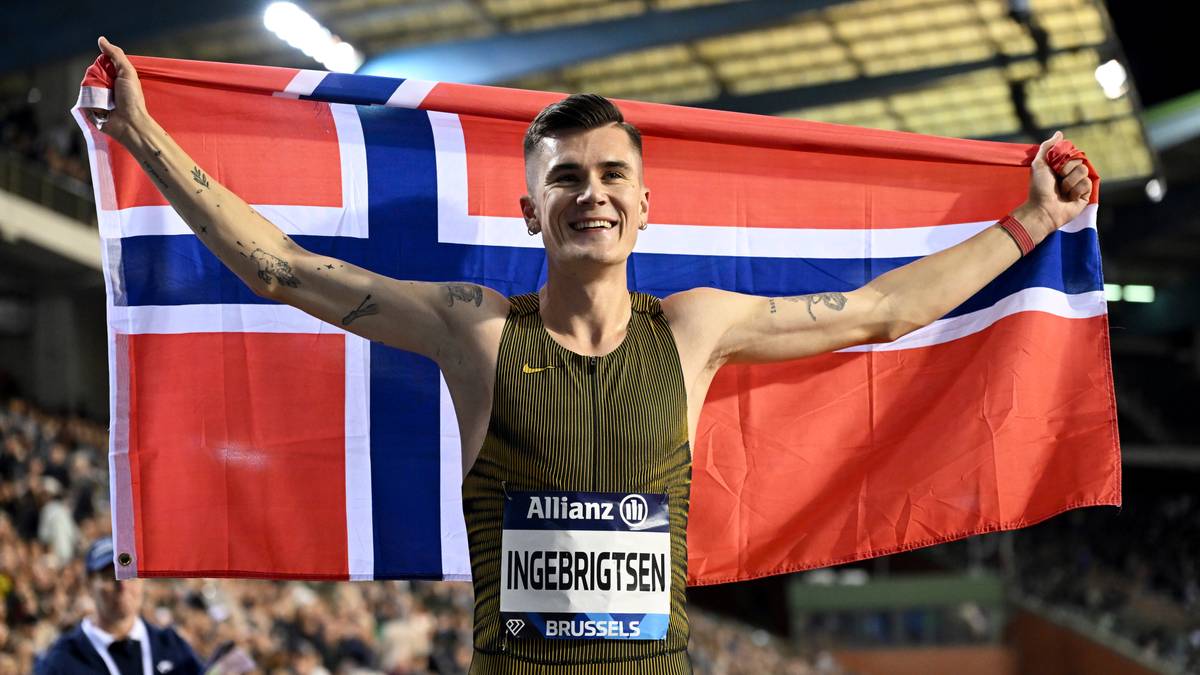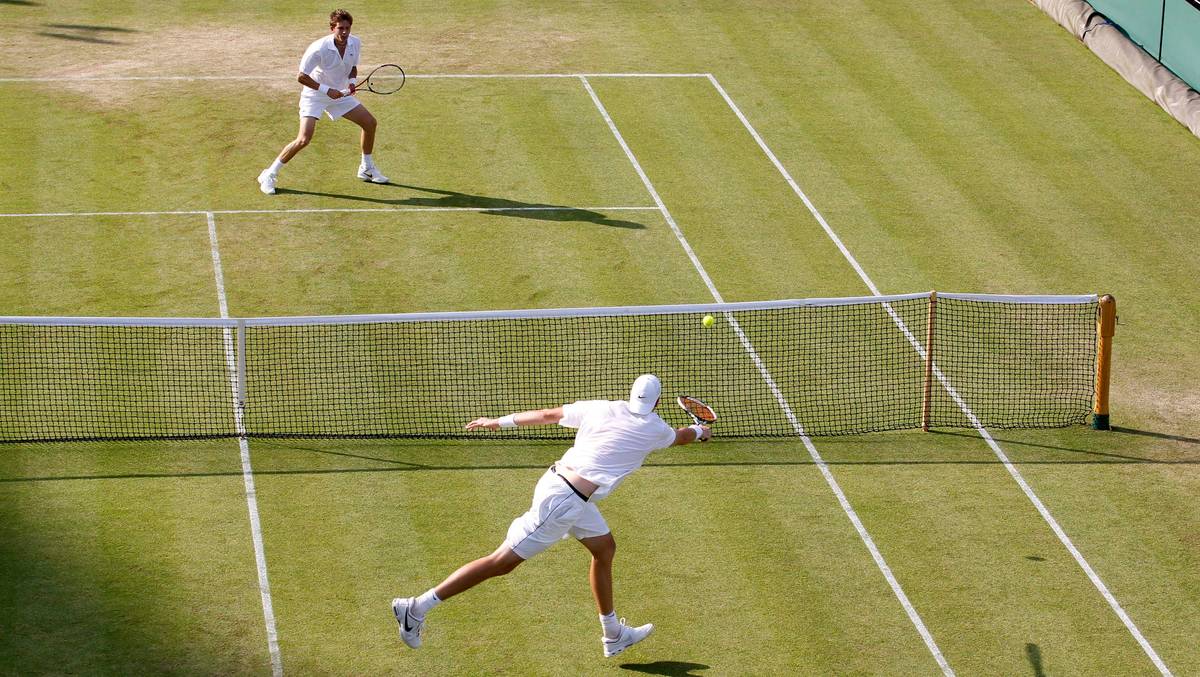There was a lot of backlash after Norwegian Olympic rider Geir Gulliksen whipped his 11 year old horse, Grandino H American Horse, twice under 1.50 Grand Prix class at the Norwegian Horse Festival (NHF) in Lillestrøm on 3 December.
NRK had heard from the audience at the convention that the audience was in shock after the incident.
Strong reaction
Many were surprised that it was Gulliksen who used the whip on his horse, as he was known in society to be kind to his horses and rarely used one.
– This incident shows that there is some kind of acceptance of inflicting pain on animals. And we’ve previously received lots of tips from the equestrian community about animal abuse, but there’s rarely been video evidence, says the press contact at animal rights organization NOAH, Siri Martinsen, to NRK.
OLYMPICS: Geir Gulliksen became the oldest Norwegian Olympian of all time when he participated in show jumping at Tokyo 2021.
Photo: Stian Lysberg Solum/NTB
Hest. no and trav365. no previously discussed this issue.
The editor of hest.no, Line Bjølgerud, wrote to NRK that the case generated such strong reactions on their Facebook page that they eventually had to close the comments section.
– Occasionally similar cases come up which give rise to debate about this, but in general, there is very good horse riding and good horse welfare in Norway. For example, whipping is prohibited in trot and gallop races, Bjølgerud wrote to NRK.
Within the rules
Since the incident occurred in an international arena, the competition rules of the International Equestrian Federation apply (FEI). At FEI general rule for 2022 it is stated, among other things, that excessively whipping or beating the horse or more than three times, is horse abuse.
Gulliksen was not punished for using the caning because the judge believed it was within the rules.
In a media statement, FEI wrote that they were aware of the incident and had followed it up with the judge for further clarification:
– We take all potential violations of horse welfare very seriously. In this particular situation, the judges did not sanction the athlete because there was no violation of the FEI rules. The horse was also inspected by officials who reported no problems and confirmed that the horse was fit to compete.
NRK has spoken to Geir Madland, who is an international show jumping judge and official. Officers check the health of the horses in the stables, before and after the competition.
– I was present at the convention as an official, but did not catch the incident as it happened. When I saw the video afterwards, I didn’t really react. Related to regulation, it’s inside. The whip has a large surface that emits a loud boom when hit, which makes the horse react. FEI regulations state a maximum of three strokes, but one hard hit means disqualification. In my opinion, it is not animal abuse, Madland told NRK.
Madland also examined Gulliksen’s horse after the competition, and according to officials, he is in 100 per cent physical condition.

CHECKED: The horses are checked by a steward before and after the competition.
Photo: Gunhild Hjermundrud / Gunhild Hjermundrud
excuse me
Geir Gulliksen, who has been active in equestrian sport for 47 years, said he had received many questions in the aftermath and regretted the incident.
– The big difference between equestrian sport and other sports is that you practice it in collaboration with animals. Animals, in this case horses, touch human emotions. I didn’t expect such strong emotions to be expressed, Gulliksen told NRK and continued:
– I understand that the public may see that the correction I had to make to my World Cup horse in Lillestrøm could seem harsh. I am sorry. As a sport, equestrian sport must also adapt to the world around us, and take into account that there may be backlash to the way we currently conduct the sport. Both FEI and NRYF are working on adaptations that will ensure that equestrian performance is generally accepted.

HORSE TRANSPORT: How to transport horses over longer distances is discussed in NRYF.
Photo: Kyrre Lien / SCANPIX
This was confirmed by Tore Sannum, president of the Norwegian Drivers’ Association (NRYF). He is concerned with how equestrian sport is perceived from the outside.
– Much of the time spent at national and international forums revolves around horse welfare and the future of equestrian sport from a societal perspective. We believe that current regulations protect the welfare of equine animals, but we recognize that we have to look further at what we can improve. Transportation, medication, and use of equipment are examples of what we discussed. It is important that we operate in a generally accepted manner, the president said.
Gulliksen also said that he would stop using the caning at conventions:
– I know several other international racers have also stopped riding with a whip for the same reason.
– You are a role model for many, do you feel extra responsibility for your behavior in competition and training?
– Yes, I’m a profiled rider and I’m a well-known person in the equestrian community. It makes some additional requirements. That’s also the reason why I took the consequences of the reactions that came and made the above adjustments, said the top rider.

WHIP-STOP: Gulliksen says he will stop using the whip in competition after the strong backlash.
Photo: Stian Lysberg Solum/NTB
Affected by incitement
Gulliksen, who is Norway’s oldest Olympian, made some nasty comments afterward. He can tolerate that, he says, but it’s not just the rider himself who has to live with it.
Also the daughter of jumper Victoria Gulliksen, known to many through the NRK program “Family honor» in which a father and daughter are participating, have received harassing messages in the inbox.
Victoria says she has received many messages on her social media and on accounts with her family on Instagram:
– I manage our Instagram account and I have to make it private and block a lot of people. I had never experienced cyberbullying before, but now I understand how terrible it can be for people who experience this feeling.
– What happened should not have happened, but people make mistakes. It’s terrible what people will write online to bring people down. It’s disgusting that I’ve come out completely. I received comments through other people that someone said I should hang myself, said Victoria, who believes it was wrong for her to be dragged into this.

HONOR OF FAMILY: Geir and Victoria Gulliksen are participants in NRK’s ”Honor of Family” program in 2021, where six famous sports families can put their physics to the test and test their relationship.
Photo: Cato Ingebrigtsen / Photographer Cato Ingebrigtsen
National and international animal welfare projects
The Secretary General of the NRYF, Beate Heieren Hundhammer, wrote to NRK that they understand that the episode may elicit a reaction, something they have also communicated to the international jury.
– NRYF and FEI really want all of our athletes to have a sound knowledge of horse welfare and apply it in training. Horse welfare is at the heart of everything NRYF does.
The Equestrian Association has started work on “Equestrian Sport of Tomorrow”, in which the welfare of horses is a central theme. And enter June 2022, FEI establishes an independent institution equestrian ethics and animal welfare commissionwhere one of its aims is to provide FEI and equestrian sport a framework for addressing and enhancing the welfare needs of horses in those sports.

“Infuriatingly humble coffee guru. Travel practitioner. Freelance zombie fanatic. Certified problem solver. Food scholar. Student.”





